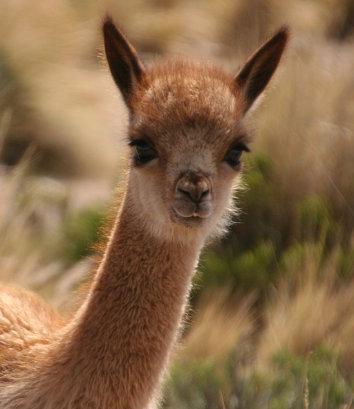FAILURE TO THRIVE? THE PLASMA SUCCESS STORY By Dr Margie Bale
I don’t think there is anything more heartbreaking than watching a beloved Camelid deteriorate slowly As a vet it is soul destroying to see a perfectly formed neonate fail to thrive, or an old faithful camel/alpaca slowly lose weight and die despite all our efforts to treat .
The first 12 hours of a cria /calfs life will set up the animal’s immune system for the rest of its life. A�er 24 hours, the an�body cocktail of the colostrum (that first milk ) cannot be absorbed as well in the new born stomach. So that first 24 hours is crucial.
For the new borns , This “failure to thrive “ in a cria/calf (a newborn alpaca is known as a cria, a newborn camel as a calf) o�en progresses slowly at first. The first 12-24 hours the cria is just a bit slow to stand, slow to get around , just seems “doughy. “Then a�er a few weeks it just starts to go downhill, the infec�ons start and it struggles to gain weight. Fading calf or fading cria syndrome is real and devasta�ng. For an older camelid they slowly lose condi�on and waste away.
The colostrum contains an�bodies, protein building blocks for the immune system. It contains long chain, large protein molecules that kick start the defences in the newborn. It contains a blueprint, a history of all the immune challenges the mother has faced in her life�me - the an�bodies, These an�bodies naturally protect the calf against these immune challenges. In Australia we are so incredibly lucky to have a tailormade solu�on to the problem of this Failure of Passive Transfer. It is an Australian product made in Queensland, called CamelPlas.
10










